
 MIAMI — Doris Gonzalez remembers walking the halls of private schools that she attended in the city of Westchester in west Miami-Dade shortly after coming to Miami with her family in 1985.
MIAMI — Doris Gonzalez remembers walking the halls of private schools that she attended in the city of Westchester in west Miami-Dade shortly after coming to Miami with her family in 1985.
“It was culture shock,” said Gonzalez, who was born to a black Cuban father and a white Dominican mother in the racially and ethnically mixed working-class neighborhood of Newark, N.J.
“I’m a mix between a mix,” Gonzalez said.
Back in Newark, “I had both cultures all the time,” she said, living in a three-story home her family shared with extended relatives, including a cousin, Caridad Garbey, and delighting in the aroma of home-cooked Cuban food.
Miami, however, “was horrible because everybody looked the same,” said Gonzalez, who is national sales director at QQ Solutions in Deerfield Beach. “It took me like two years to adapt.”
As a black Latino, Gonzalez said, she stood out among her Hispanic peers who were, for the most part, all white. Her hair was coarse, “not smooth, shiny,” she said, and her classmates made fun of “anything that wasn’t the same.”
Gonzalez said she still remembers when they would sing Brass Monkey by the Beastie Boys to her. “It wasn’t fun,” she recalled.
After transferring to Miami High School, whose student body was more racially mixed, things were a little different. Gonzalez joined several honor societies and student clubs, excelled and gained popularity.
But then she started to face another set of tormentors: her African-American peers. Gonzalez remembers her African-American teammates on the basketball team “would pull my hair and ask if it was a weave” when they noticed her Hispanic ethnicity, she said.
Henry Crespo, a black Cuban American who was born in New York and grew up in Miami’s Overtown and Allapattah neighborhoods, said being a black Latino is its own “stratosphere.”
“I have white Cuban friends and black Cuban friends. Being a black Cuban and being able to speak Spanish, there’s a language connection. Being black talking to an African American, you have a cultural connection but you’re still seen from time to time as being different because, as quiet as it’s kept, there’s a love-hate relationship between African Americans and Cubans,” Crespo said.
“When you are a black Cuban in the middle of that, you are going to receive, at times, those feelings. Among Cubans, you don’t feel it as much,” said Crespo, who ran for a Miami Commission seat against a renowned African-American, Thelma Gibson, in the late 1990s.
A little more than 47,300 Miami-Dade County residents are black Hispanics, according to the 2010 U.S. Census. In Broward County, they number a little more than 24,400. In Palm Beach County the number is 7,481.
Those figures were much lower 12 years ago, when more than 30,000 Miami-Dade County residents were black Hispanics in 2000.
That same year, there were nearly 8,000 black Hispanics in Broward and 3,622 in Palm Beach County.
Despite the growth of Miami’s black Hispanic community, Crespo said he believes that money, political power and the influence of existing political groups have not allowed black Hispanic leaders to truly flourish in South Florida the way they could and should.
“We don’t have the numbers so a lot of us integrate into the African-American community,” said Crespo. “If you work in the black community, there’s a form of acceptance but you’re still Cuban in Miami. South Florida’s black community approaches intercultural relationships a little different.”
Miami’s attitudes toward black Hispanics has “gotten better” during the past 30 years by becoming more ethnically and racially diverse, said Crespo.
“I embrace my whole culture: My ancestry is African, my heritage is Cuban and my culture is American,” he said. “I was raised in two cultures. I have some street cred in both communities but, at the end of the day, soy negro Cubano (I’m a black Cuban).”
Gonzalez said South Florida’s diversity has helped her thrive as a businesswoman.
“I don’t consider myself black,” she said. “I consider myself a Hispanic woman of color — that’s how I see myself. I’m fluid bilingual in both languages and I can relate to both ethnicities.”
Gonzalez’s cousin, Garbey, who was born in Oriente, Cuba, and is a medical doctor living in Miami, said South Florida’s growing diversity has changed things and cultures and customs continue to mix.
*Pictured above is Doris Gonzalez and Henry Crespo.

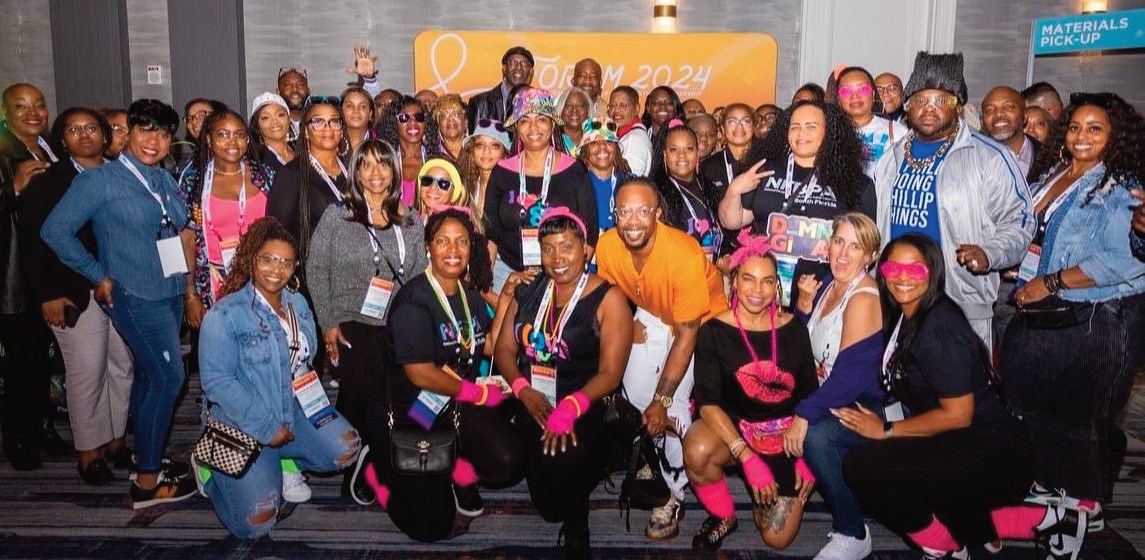
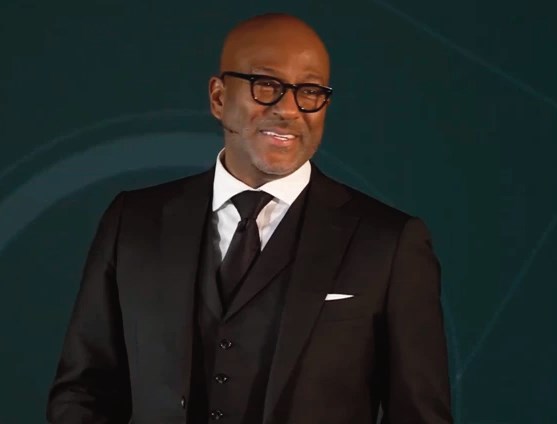



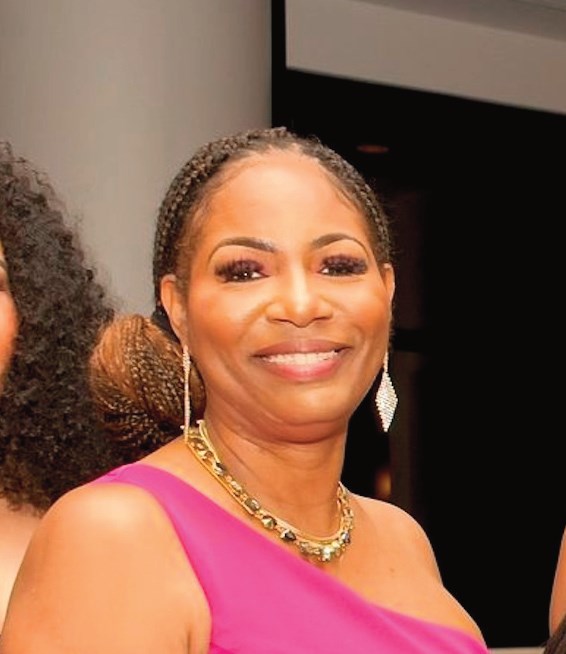
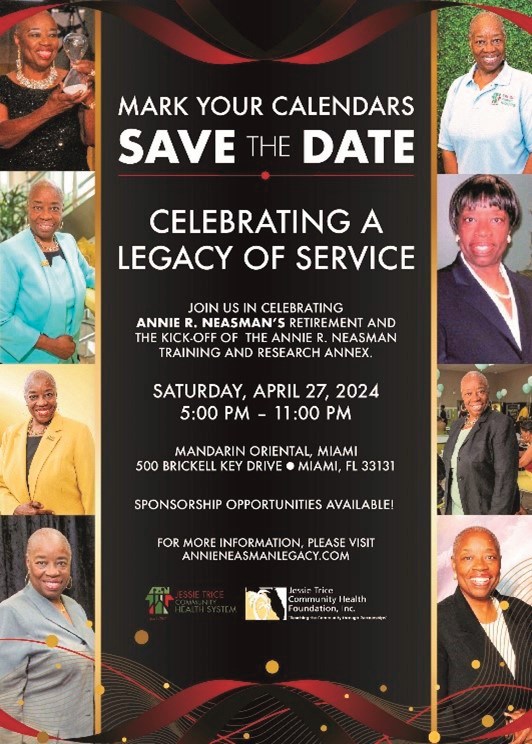
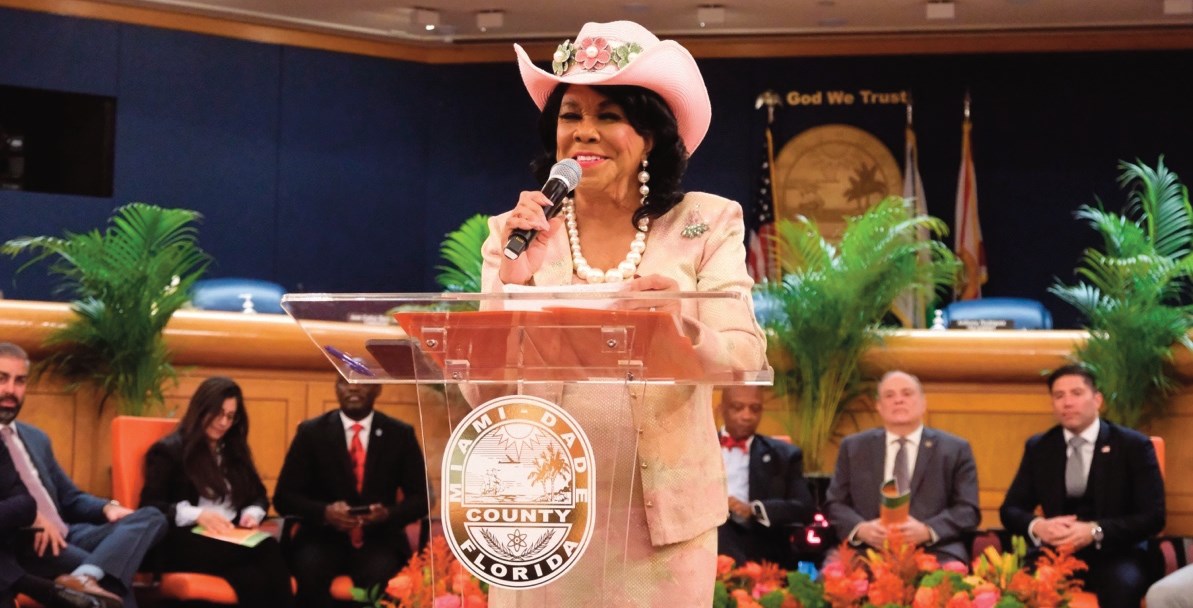



No Comment